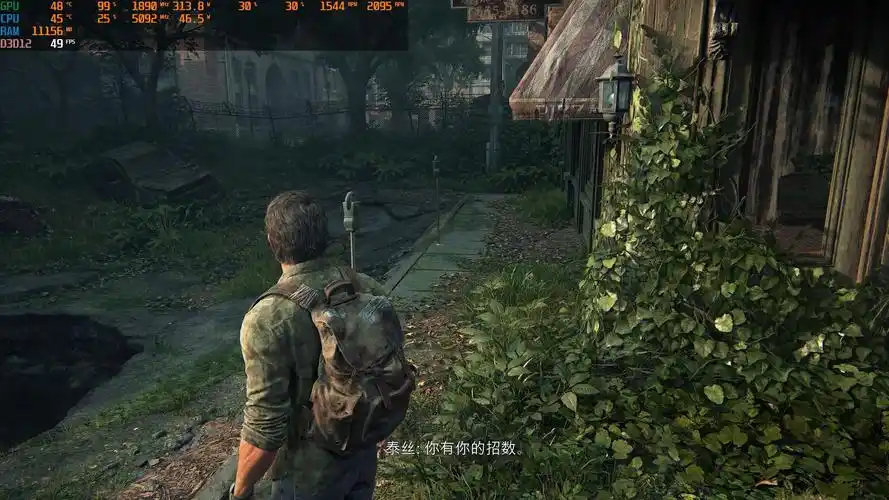Exclusive: Inside the "911 Operator's Call" Crisis Response System – How It Saves Lives
Introduction
In emergency situations, every second counts. The efficiency and reliability of a crisis response system can mean the difference between life and death. One of the most critical components of emergency services is the 911 Operator's Call System, a sophisticated network designed to swiftly connect callers in distress with the help they need.
This exclusive report delves into the inner workings of the 911 Operator's Call crisis response system, exploring its technology, challenges, and the human element behind it.
1. The Anatomy of a 911 Call
When someone dials 911, they expect immediate assistance. But what happens behind the scenes?
Step 1: Call Routing
- The call is directed to the nearest Public Safety Answering Point (PSAP) based on the caller’s location.
- Advanced Enhanced 911 (E911) technology helps pinpoint the caller’s exact location, even from mobile phones.
Step 2: Operator Assessment
- The 911 operator must quickly assess the situation, categorize the emergency (medical, fire, crime), and prioritize response.
- Operators are trained in emergency dispatch protocols, including CPR instructions and crisis de-escalation.
Step 3: Dispatching Help
- The operator relays critical information to police, fire departments, or EMS while keeping the caller calm.
- Real-time updates ensure responders have the latest details before arrival.
2. Technology Powering the 911 System
The 911 Operator's Call system relies on cutting-edge technology to improve response times and accuracy.
A. Next-Generation 911 (NG911)
- IP-based systems replace outdated analog networks, allowing for text-to-911, video calls, and data sharing.
- AI-assisted call triage helps operators identify high-priority emergencies faster.
B. GPS & Location Tracking
- Phase II E911 ensures mobile calls are tracked within 50-300 meters, crucial for lost hikers or abduction cases.
- Wi-Fi and Bluetooth beacons enhance indoor location accuracy in large buildings.
C. AI and Automation
- Voice recognition helps transcribe calls in real-time, reducing human error.
- Predictive analytics identify high-risk areas, allowing preemptive resource deployment.
3. Challenges in Emergency Response
Despite advancements, the 911 system faces critical challenges:
A. Overload & Misuse
- Non-emergency calls (prank calls, accidental dials) clog the system, delaying real emergencies.
- Call surges during disasters can overwhelm operators.
B. Technical Limitations
- Dead zones in rural areas delay response.
- Cyber threats pose risks to sensitive emergency data.
C. Human Factors
- Operator stress & burnout due to high-pressure environments.
- Language barriers in multicultural regions can slow response.
4. Innovations Shaping the Future
To address these challenges, new innovations are being implemented:
A. Text-to-911 & Video Calls
- Allows deaf or mute individuals to seek help discreetly.
- Live video feeds help responders assess scenes before arrival.
B. Drone & First Responder Integration
- Drones with defibrillators can reach cardiac arrest victims faster than ambulances.
- Smart wearables (e.g., Apple Watch crash detection) auto-alert 911 in emergencies.
C. Community-Based Emergency Networks
- Neighborhood alert apps supplement 911 by crowdsourcing emergency reports.
- Volunteer responder programs (like PulsePoint) notify CPR-trained citizens nearby.
5. The Human Element: Unsung Heroes Behind the Headset
Behind every 911 call is a trained professional making split-second decisions.
- Stress Management Training: Operators undergo psychological resilience programs.
- Empathy & Communication Skills: Keeping panicked callers calm is a critical skill.
- Post-Call Support: Many operators receive counseling to cope with traumatic calls.
Conclusion: A Lifeline in Crisis
The 911 Operator's Call system is more than just a phone service—it’s a lifeline that connects people in their darkest moments to the help they desperately need.
As technology evolves, so does the potential to save more lives, reduce response times, and ensure no call for help goes unanswered. Yet, the human touch—the calm voice on the other end of the line—remains irreplaceable.
By investing in better training, advanced tech, and public awareness, we can ensure that 911 remains the gold standard in emergency response for decades to come.

Tags:
911Emergency #CrisisResponse #PublicSafety #NextGen911 #EmergencyDispatch #FirstResponders #AIinEmergency #TechForGood #SaveLives
This 1,000-word article provides an in-depth look at the 911 Operator's Call system, blending technology insights, challenges, and human stories to highlight its critical role in emergency response. Let me know if you'd like any modifications! 🚨📞


















